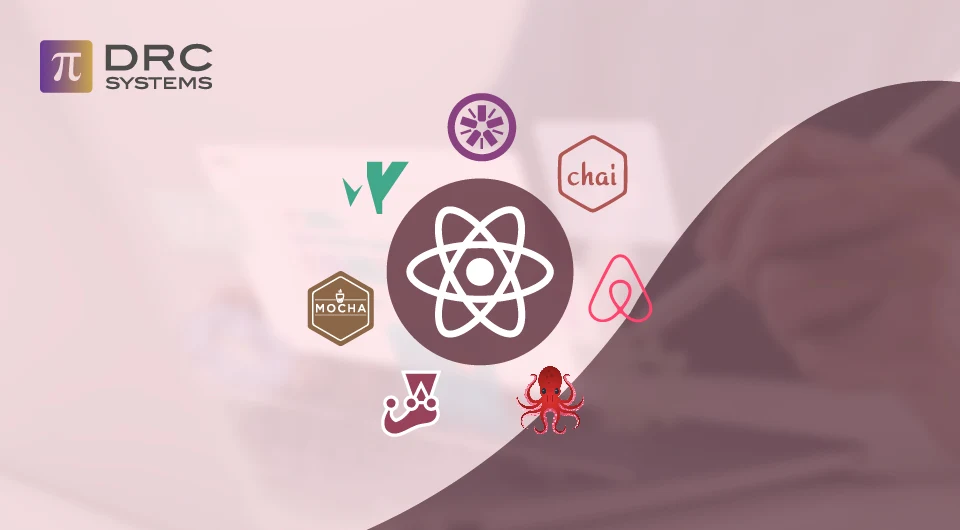Related Articles
A Look at Software Development Trends in 2023
Key software development trends to know before selecting software solutions for your business.
Read The PostTop 7 Tips to Fast-Track Your Android App Development
7 essential tips for Android developers to speed up on-demand app development.
Read The PostWhat are the Top Java Trends: What to Expect from Java.
Java’s dependability and security are two core reasons why many global companies prefer it. Developers are building high-end solutions using the latest Java technologies.
Read The Post


